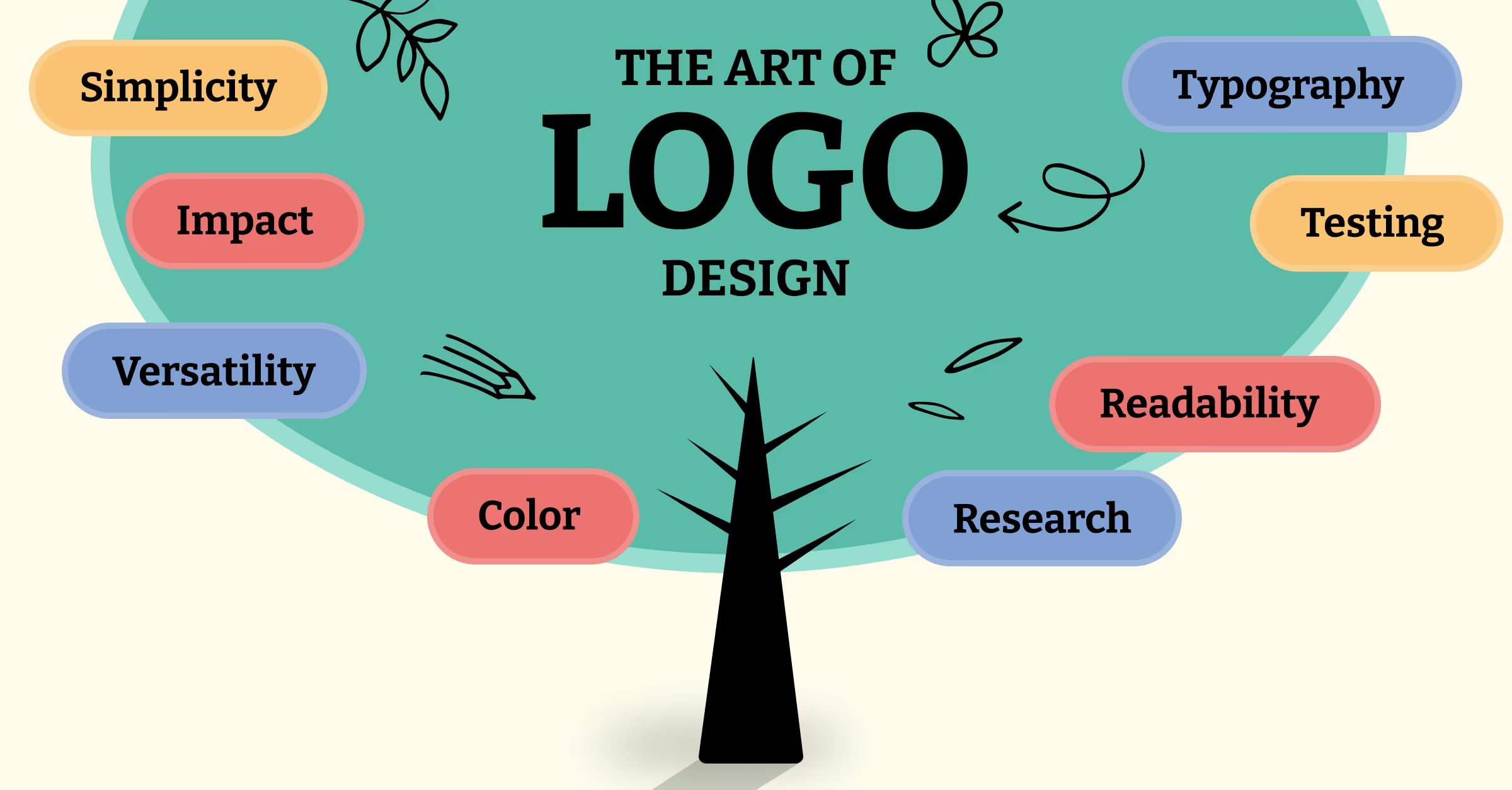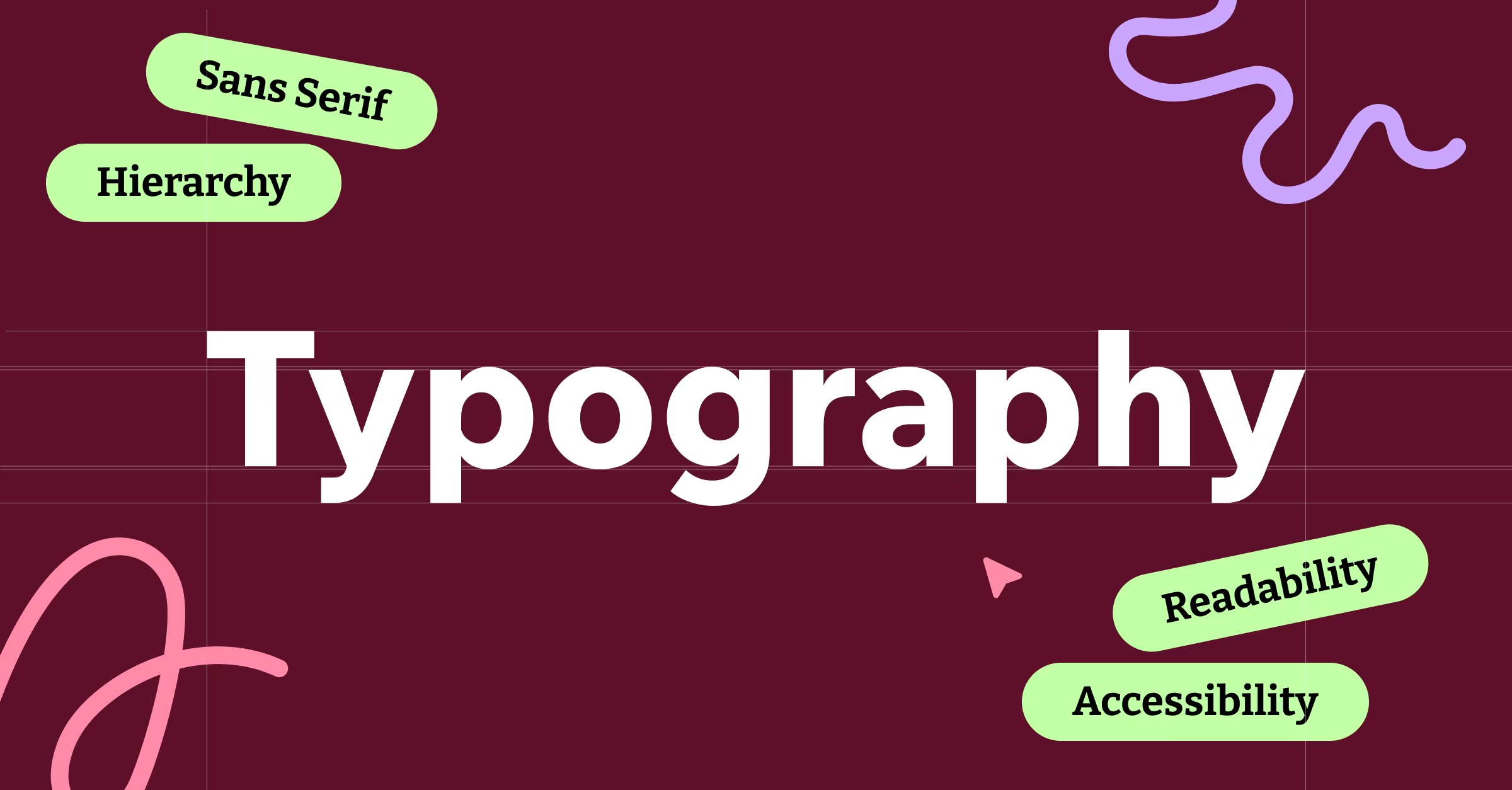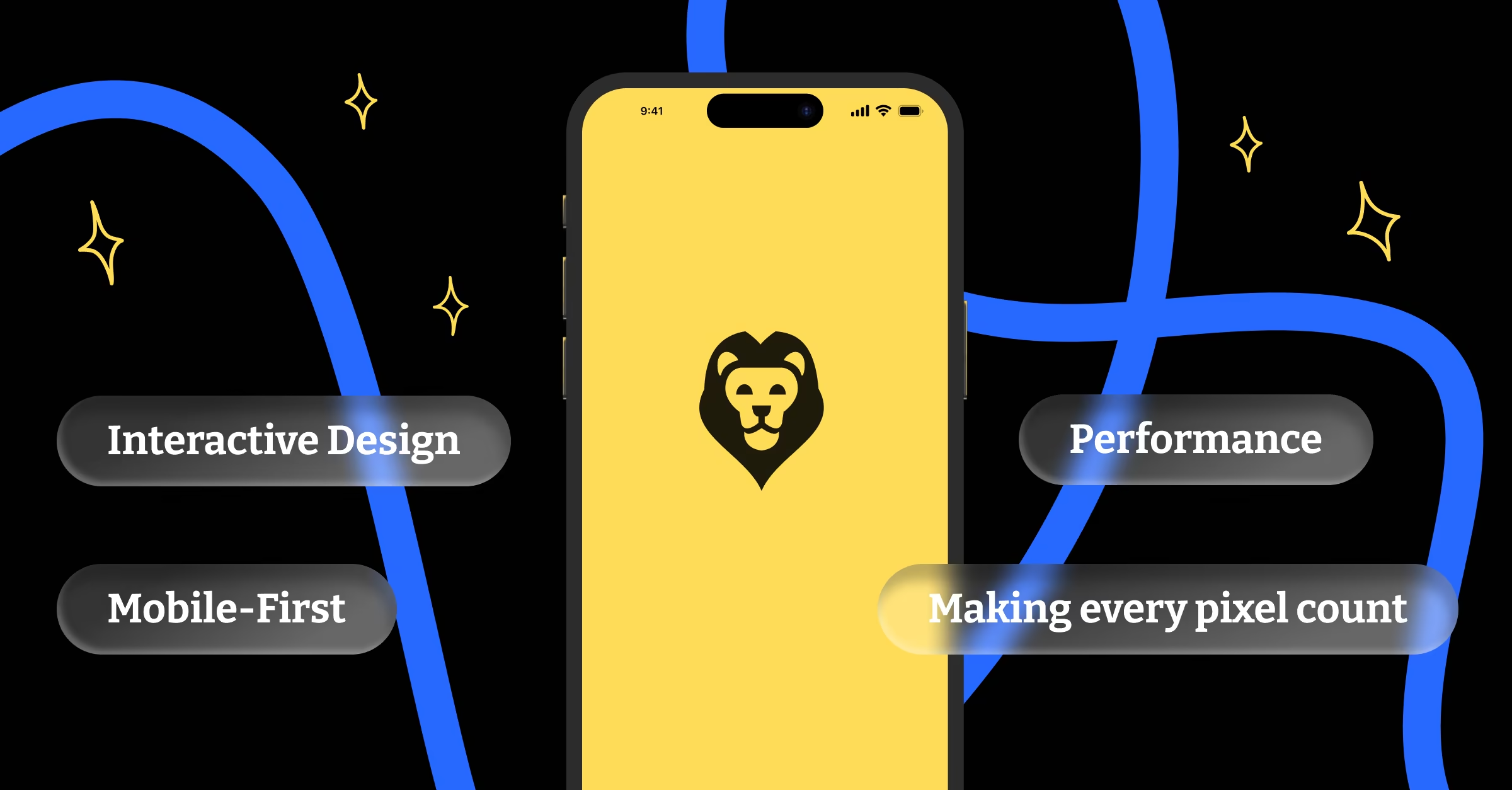The emergency room doctor looked exhausted as she explained the problem: “We’re seeing patients who’ve used symptom-checking apps to self-diagnose, and half of them are completely wrong about what’s happening to them. The other half are having panic attacks because the app suggested worst-case scenarios.”
This conversation happened last year, and it crystallized something I’d been thinking about for months. AI in healthcare apps isn’t just another feature to bolt onto existing designs. It’s a fundamental shift in how people interact with health information, and we’re still figuring out how to design these interactions responsibly.
The Promise and the Peril
AI has the potential to democratize healthcare expertise, making sophisticated medical knowledge accessible to anyone with a smartphone. Imagine an app that can analyze symptoms as accurately as an experienced physician, or one that can predict health issues before they become serious.
But here’s the reality check: AI in healthcare apps is currently somewhere between “incredibly promising” and “dangerously overconfident.” The technology is advancing rapidly, but the interface design for AI-powered healthcare features is still in its infancy.
We’ve worked on several healthcare apps with AI components, and the biggest challenge isn’t the artificial intelligence itself. It’s designing interfaces that help users understand what AI can and cannot do, when to trust it, and when to seek human medical attention instead.
Designing for AI Transparency
The most dangerous AI healthcare app is one that feels more confident than it actually is. Users need to understand the limitations of AI recommendations, but they also need to trust the system enough to find it useful.
Confidence levels need to be communicated clearly without creating false precision. Instead of saying “85% chance of migraine,” an app might say “symptoms strongly suggest migraine, but other conditions are possible.” The difference seems subtle, but it completely changes how users interpret and act on the information.
We’ve found that showing the reasoning behind AI recommendations helps users calibrate their trust appropriately. When a symptom checker explains, “Based on your reported headache, nausea, and light sensitivity, migraine is likely because these symptoms commonly occur together,” users better understand both the logic and the limitations.
Uncertainty should be designed as a feature, not hidden as a limitation. AI that acknowledges what it doesn’t know appears more trustworthy than AI that pretends to have all the answers. Healthcare is full of uncertainty, and our interfaces should reflect this reality.
Personalization Without Over-Personalization
AI excels at personalization, but healthcare personalization requires careful boundaries. An AI system can learn that a user frequently experiences stress-related headaches and adjust its recommendations accordingly. But it shouldn’t assume that every headache is stress-related or stop suggesting users seek medical attention for concerning symptoms.
We’ve designed AI features that learn user patterns while maintaining clinical conservatism. If someone typically has mild reactions to specific foods, the AI can recognize these patterns and provide relevant suggestions. But if symptoms escalate or change character, the system should flag this as potentially significant rather than dismissing it as “normal for this user.”
The challenge is creating AI that feels personal without becoming complacent. Users should feel like the app understands their individual health patterns while maintaining appropriate clinical skepticism about new or unusual symptoms.
Conversational AI: Designing for Health Conversations
Chatbots and conversational AI interfaces are becoming common in healthcare apps, but designing these conversations requires understanding both AI capabilities and medical communication principles.
The tone of AI health conversations matters enormously. Too casual, and users might not take serious symptoms seriously. Too clinical, and users might feel intimidated or confused. We’ve found that a warm but professional tone works best, similar to how experienced nurses communicate with patients.
Conversation flow design must account for medical urgency. Traditional chatbot design focuses on keeping users engaged in extended conversations. Healthcare chatbots need to recognize when conversation should stop and emergency action should begin.
We implement conversation escalation patterns that move users from AI interaction to human care when appropriate. This might mean detecting keywords that suggest emergency situations, recognizing when users express confusion or anxiety about AI recommendations, or identifying symptoms that require immediate medical attention.
Predictive AI: The Interface for Future Health
Predictive AI represents the most exciting and challenging frontier in healthcare app design. These systems can identify patterns that suggest future health risks, potentially enabling prevention rather than just treatment.
But how do you design an interface that tells someone they might develop diabetes in five years based on current health patterns? Too aggressive, and you create anxiety. Too subtle, and users miss important opportunities for prevention.
We’ve experimented with progressive disclosure for predictive insights. Instead of presenting stark predictions, we design interfaces that help users understand risk factors and provide actionable steps for risk reduction. The focus shifts from “you will get sick” to “here’s how to stay healthy.”
Risk communication becomes a crucial design challenge. Visual representations of statistical risk need to be accurate but not overwhelming. We’ve found that showing risk in context (compared to average risk for similar demographics) helps users understand and respond appropriately to predictive insights.
AI-Powered Diagnosis: The Responsibility Problem
Symptom checkers and diagnostic AI create the biggest design challenges because they directly impact medical decision-making. Users often treat app suggestions as medical diagnoses, even when the app explicitly disclaims diagnostic accuracy.
We’ve learned to design diagnostic AI interfaces that guide rather than diagnose. Instead of saying “you have condition X,” effective interfaces say “your symptoms are consistent with several conditions, including X, Y, and Z. Here’s what you should do next.”
The handoff to human care needs to be seamlessly integrated into AI diagnostic interfaces. Rather than treating AI recommendations as endpoints, we design them as starting points for medical conversations. Users should leave the app with better questions to ask their healthcare providers, not with final answers about their health.
Emergency detection represents a special case where AI interfaces need to be more directive. When AI detects symptoms suggesting heart attack, stroke, or other emergencies, the interface needs to clearly recommend immediate emergency care without equivocation.
Data Privacy in AI Healthcare Design
AI healthcare apps require extensive personal health data to function effectively, creating privacy concerns that interface design must address directly. Users need to understand what data is being collected, how AI uses this information, and what privacy protections exist.
Privacy controls need to be granular and understandable. Users might be comfortable sharing symptom data for AI analysis but not comfortable with location tracking or integration with other health apps. The interface should make these distinctions clear and controllable.
We design privacy dashboards that show users exactly what data their AI features have access to and how this data influences AI recommendations. This transparency builds trust and helps users make informed decisions about data sharing.
Testing AI Healthcare Interfaces
User testing for AI healthcare interfaces requires special considerations because you’re testing both the AI functionality and the interface design. Users need to understand what they’re testing and how to evaluate AI recommendations appropriately.
We use simulated health scenarios rather than asking users to input real symptoms during testing. This protects participant privacy while still providing valuable feedback about interface clarity and AI interaction patterns.
Clinical validation becomes essential for AI healthcare features. We work with medical professionals to validate both AI recommendations and interface design. Healthcare providers can identify potential misinterpretations or dangerous interaction patterns that pure usability testing might miss.
The Human-AI Collaboration Model
The most successful AI healthcare interfaces we’ve designed emphasize human-AI collaboration rather than AI replacement. AI handles data analysis and pattern recognition while humans provide empathy, judgment, and complex decision-making.
This collaboration needs to be reflected in interface design. AI features should feel like tools that enhance human healthcare rather than replacements for human medical care. The goal is augmenting human intelligence and instinct, not replacing them.
We design AI features that make it easy for users to seek human support when needed. This might mean one-click access to telehealth consultations, clear guidance about when to call healthcare providers, or integration with existing patient communication systems.
Accessibility in AI Healthcare
AI healthcare features must be accessible to users with disabilities, but this goes beyond traditional accessibility considerations. Voice interfaces become particularly important for users with visual impairments or motor difficulties.
AI can potentially improve accessibility by providing alternative ways to input health information and receive recommendations. Voice-to-text for symptom reporting, image recognition for medication identification, and natural language processing for complex health questions can make healthcare apps more accessible than traditional interfaces.
However, AI accessibility requires careful design to ensure that AI recommendations are communicated clearly through screen readers, voice interfaces, and other assistive technologies.
The Regulatory Landscape
AI healthcare apps operate in a complex regulatory environment that affects interface design decisions. FDA guidelines for medical device software influence how AI recommendations can be presented and what claims apps can make about diagnostic accuracy.
Interface design needs to comply with regulatory requirements while remaining user-friendly. This often means including specific disclaimers, maintaining detailed logs of AI interactions, and implementing safeguards against misuse.
We design AI healthcare interfaces with regulatory compliance built in from the beginning rather than added as an afterthought. This includes clear documentation of AI limitations, appropriate medical disclaimers, and transparent communication about the app’s intended use.
The Future of AI Healthcare Design
AI healthcare app design is evolving rapidly as both AI technology and our understanding of effective healthcare interfaces improve. The next generation of AI healthcare apps will likely integrate multiple AI systems (diagnostic AI, predictive AI, conversational AI) in seamless user experiences.
Wearable device integration will provide AI systems with continuous health data, enabling more sophisticated pattern recognition and earlier intervention recommendations. The interface challenge will be presenting insights from continuous monitoring without creating health anxiety or alert fatigue.
Personalized AI healthcare assistants represent the long-term vision: AI systems that understand individual health patterns, preferences, and goals while maintaining appropriate medical conservatism and clear escalation to human care when needed.
Designing Responsibly
The most important principle in AI healthcare app design is responsibility. Every interface decision affects how users understand and act on health information. The potential for positive impact is enormous, but so is the potential for harm.
We approach AI healthcare design with humility about what technology can and cannot do. AI is a powerful tool for health information processing and pattern recognition, but it’s not a replacement for human medical judgment, empathy, or care.
The goal isn’t to create AI that replaces healthcare providers but to design interfaces that help people make better health decisions, communicate more effectively with their healthcare teams, and take more informed action about their wellbeing.
When AI healthcare app design succeeds, it doesn’t just improve user experience metrics. It helps people live healthier lives, catch problems earlier, and navigate the complexity of modern healthcare more effectively. That’s the kind of impact that makes the challenges and responsibilities of AI healthcare design worthwhile.
The technology will continue advancing rapidly, but the fundamental design principles remain constant: clarity, honesty, accessibility, and respect for the human experience of health and illness. Get these right, and AI becomes a powerful ally in the pursuit of better health outcomes for everyone.



